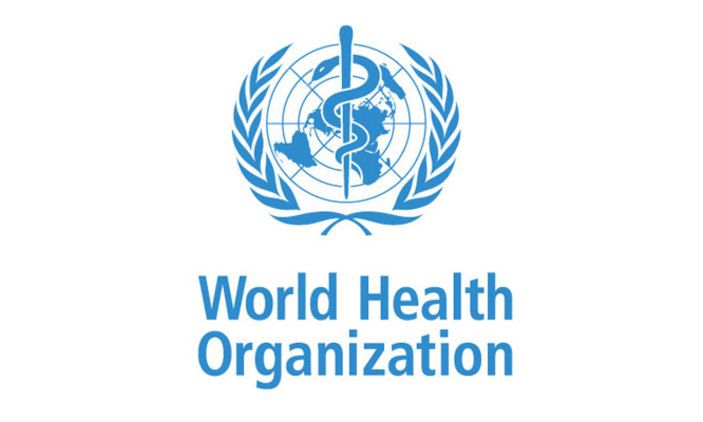Polio Vaccine Campaign Continues in Gaza Strip, Update on New Cases
The World Health Organization (WHO) reports on the vaccine uptake in that region, and the Global Polio Eradication Initiative reports that some countries recording new cases.
Image credit: WHO

Last week, the WHO announced it was continuing its polio vaccine campaign in the war-torn Gaza Strip. The mass vaccination campaign is ongoing right now through Wednesday. The novel oral polio vaccine type 2 (nOPV2) will be administered to over 591,000 children under 10 years of age to protect them from the disease. This campaign follows the recent detection of poliovirus in wastewater samples in Gaza, signaling ongoing circulation in the environment, putting children at risk.1
In the Gaza Strip, no additional polio cases have been reported since a ten-month-old child was paralyzed in August 2024, but the new environmental samples from Deir al Balah and Khan Younis areas, collected in December 2024 and January 2025, confirm poliovirus transmission. The strain detected is genetically linked to the poliovirus detected in the Gaza Strip in July 2024.1
According to the WHO, 2 previous vaccination rounds in the Gaza Strip were successfully conducted in September and October 2024, reaching over 95% of the target. As poliovirus is found to remain in the environment, additional vaccination efforts are needed to reach every child and strengthen population immunity. The presence of the virus still poses a risk to children with low or no immunity, in Gaza and throughout the region.1
Understanding the Different Strains
Of the 3 types of the wild polio strain, wild poliovirus type 1 (wpv1), wild poliovirus type 2 (wpv2), and wild poliovirus type 3 (wpv3), both type 2 and 3 have been eradicated. Only 2 countries (Afghanistan and Pakistan) have never stopped the transmission of the wild polio virus. This is down from over 100 countries.2,3
Additionally, there are the strains of circulating vaccine-derived poliovirus (cVDPV). Just like wild polio, there are 3 strains: cVDPV1, cVDPV2, and cVDPV3. While cVDPVs are rare, they have been increasing in recent years due to low immunization rates within communities.3
Circulating vaccine-derived poliovirus occurs when local immunity to poliovirus is low enough to allow prolonged transmission of the original weakened virus in the oral polio vaccine.4 As the virus circulates and more genetic changes occur, the virus can regain its ability to infect the central nervous system and cause paralysis. It’s important to note that cVDPVs are not caused by a child receiving the polio vaccine.4
Read more: World Polio Day: A Time to Reflect on Accomplishments, Acknowledge There’s Still Work to Do
In addition, the Global Polio Eradication Initiative reports cases in Asia and Africa. Specifically, the organization provided this update in terms of reported cases:
- Afghanistan: 1 WPV1 case and 9 WPV1-positive environmental samples
- Pakistan: 2 WPV1 cases and 9 WPV1-positive environmental samples
- Algeria: 1 cVDPV2 case and 1 cVDPV2-positive environmental sample
- Guinea: 1 cVDPV3 case
- Occupied Palestinian territory: 3 cVDPV2-positive environmental samples5
In a previous interview with Contagion, Carol Pandak, EdD, director of PolioPlus, Rotary International, pointed out the success of the vaccines.
“There used to be 350,000 cases of polio every year. That's 1000 children a day being affected by polio, paralyzed or even dying. Today, only 2 countries have never stopped the transmission of the wild polio virus. And last year (2023), there were just 12 cases of wild polio,” Pandak said.2
